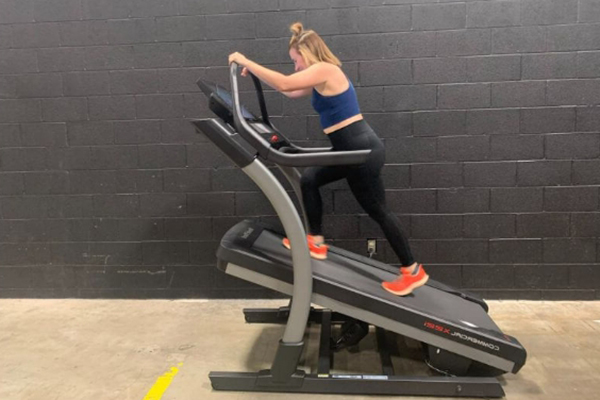If you’ve ever used a treadmill, you’ve likely noticed the incline setting. Increasing the incline can make your workout significantly more challenging, simulating uphill terrain and engaging more muscles. But what does a 12 incline on a treadmill actually mean? How steep is it, and what does it compare to in real-world terms? In this article, we break it down so you know exactly what you’re working with.
Understanding Treadmill Incline Settings
Most treadmills allow users to adjust the incline to mimic walking or running uphill. The incline is typically expressed as a percentage, not a degree of angle. So, when you see “12” on the display, it usually means 12% incline.
This means that for every 100 units of horizontal distance, the elevation increases by 12 units. It’s a way to describe the grade or slope of the surface.
For example:
-
0% incline = flat ground
-
5% incline = gentle hill
-
12% incline = steep hill
What Does a 12% Incline Feel Like?
A 12% incline on a treadmill simulates steep uphill walking or running, similar to hiking on a moderate mountain trail or walking up a long, steep residential hill. For comparison:
-
Most sidewalks or accessible ramps are built with a 5%–8% maximum incline.
-
A 12% grade is steeper than what you’ll find in most urban walking environments.
-
Treadmills typically max out at 15% incline, so 12% is close to the upper end of difficulty.
If you’ve ever walked up a hill where you feel your calves burning after just a few minutes, that’s what 12% feels like. It forces your glutes, hamstrings, and calves to work harder, making it an excellent tool for building lower-body strength.

Calorie Burn Comparison
One of the benefits of increasing treadmill incline is the boost in calorie expenditure. The steeper the incline, the more energy your body uses to fight gravity.
For example, walking at 3.5 mph for 30 minutes:
-
At 0% incline, you might burn around 150 calories.
-
At 12% incline, you could burn over 300 calories, depending on your body weight.
So if weight loss or calorie burn is your goal, using incline training is a smart strategy.
Muscle Activation at 12% Incline
When you increase the incline, your body recruits different muscles to power the movement:
-
Glutes and hamstrings become more involved.
-
Calves work harder to push your body upward.
-
Core muscles engage more to stabilize your body.
This not only improves cardiovascular fitness but also builds muscle tone in your legs and posterior chain.
Is It Better to Walk or Run at 12%?
At a 12% incline, most people walk rather than run. Running on a steep incline can place more stress on your knees and joints, especially if you’re not conditioned for it. Walking briskly at a high incline can offer similar cardiovascular benefits as running on flat ground but with lower impact on your joints.
That’s why incline walking is often used in:
-
Fat-burning treadmill workouts
-
Low-impact cardio routines
-
Cross-training for runners and hikers
Things to Keep in Mind
-
Warm up first: Don’t jump straight to 12% without easing your body into it.
-
Use proper form: Don’t hold the handrails for support unless necessary. Keep your posture upright and stride naturally.
-
Hydrate: Incline workouts make you sweat more.
-
Don’t overdo it: Start with shorter sessions (10–15 minutes at 12%) and gradually increase as your endurance builds.
Conclusion
A 12 incline on a treadmill equals a 12% grade, which is a steep hill in real-world terms. It’s an effective way to boost the intensity of your workouts, burn more calories, and target lower-body muscles. Whether you’re looking to get fit, lose weight, or build strength, incorporating incline walking into your routine is a smart move. Just remember to build up gradually and focus on good form to avoid injury and get the most out of your workout.
Post time: 08-07-2025



